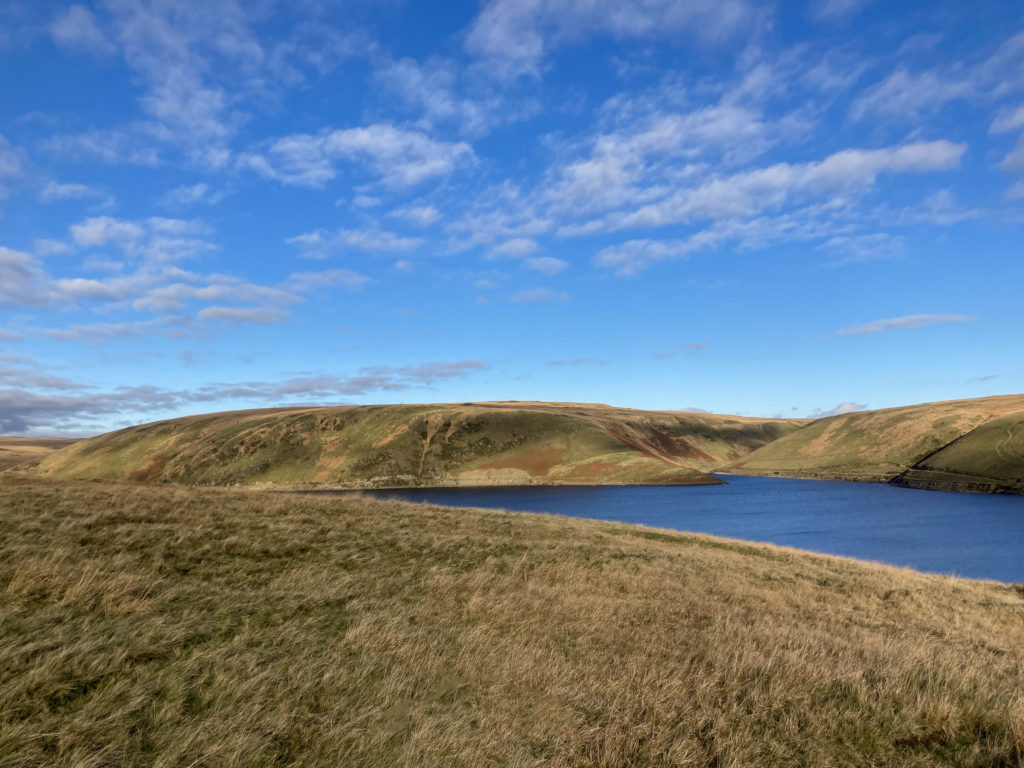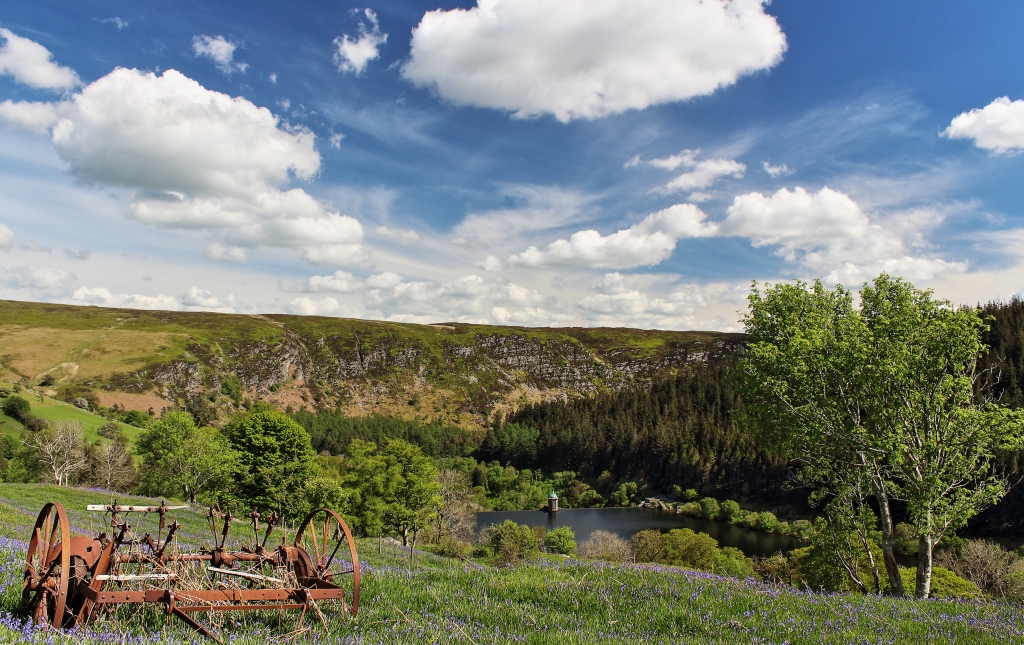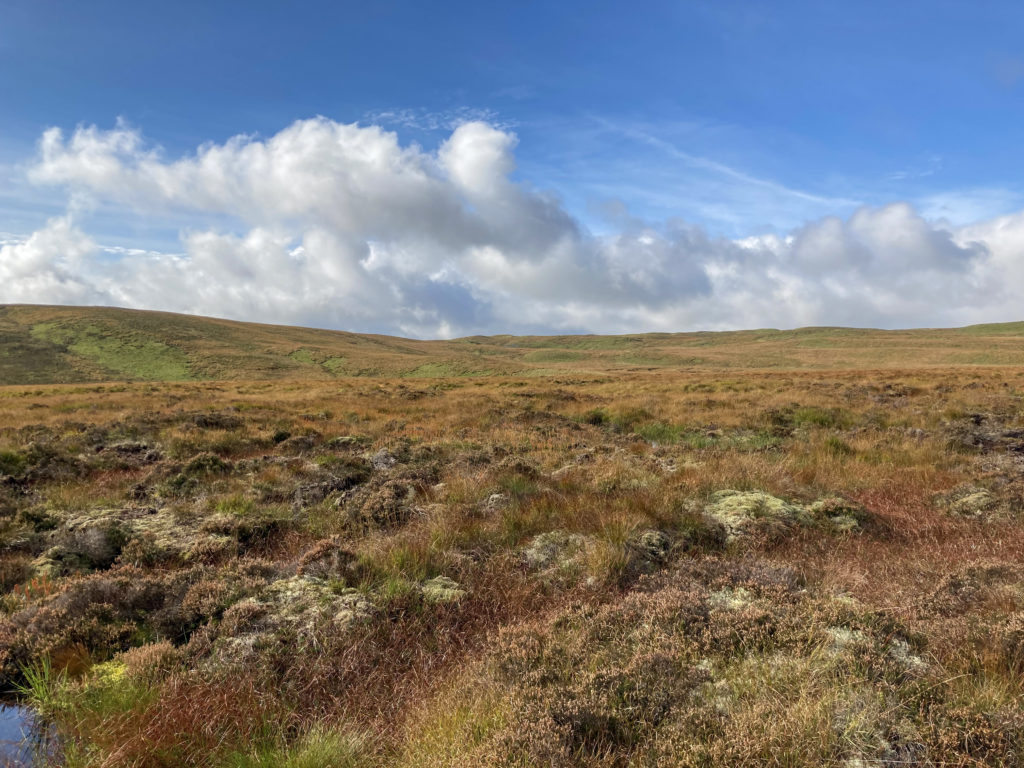
The Precious Rhos of the Elan Valley
Rhos means ‘moor’ or ‘moorland’ in Welsh; it is marshy grassland comprising of purple moor grass and rushes, often on poorly drained, mainly acidic areas with high rainfall. It has other local names in other parts of the country such as ‘wet lawns’ (New Forest), ‘culm grassland’ (Devon) and ‘Fen Meadow’ (East Anglia). This habitat is found predominantly in south-west England, south and west Wales, south-west Scotland, and the west edge of Northern Ireland. The UK distribution has possibly more purple moor-grass and rush pasture than in the rest of Europe.
In the past, purple moor grass and rush pasture was cut for hay during dry summers, but this practice is now in decline. Today, only a few sites are managed as hay meadows, and most are kept as rough grazing for cattle and horses.
Rhôs pastures (purple moor-grass and rush pastures) are a UK BAP (Biodiversity Action Plan) Priority Habitat.
Wildlife of the Rhos
An area of Rhos pasture in good condition has both taller tussocky vegetation and shorter swards of grasses, sedges and herbs. This forms a complex patchwork of various shades of green and brown through the year. These rare habitats support a wide range of wildlife in the Elan Valley catchment which includes breeding waders, flowers and insects.
It is said that a good rush pasture can boast up to 50 different plant species present in just four square metres of grassland. Within the Elan Valley the more uncommon and ‘precious’ plants it supports are species such as the lesser butterfly-orchid, fragrant orchid, meadow thistle, globeflower, Devils bit scabious, sneezewort, saw wort, marsh bedstraw and Tormentil.
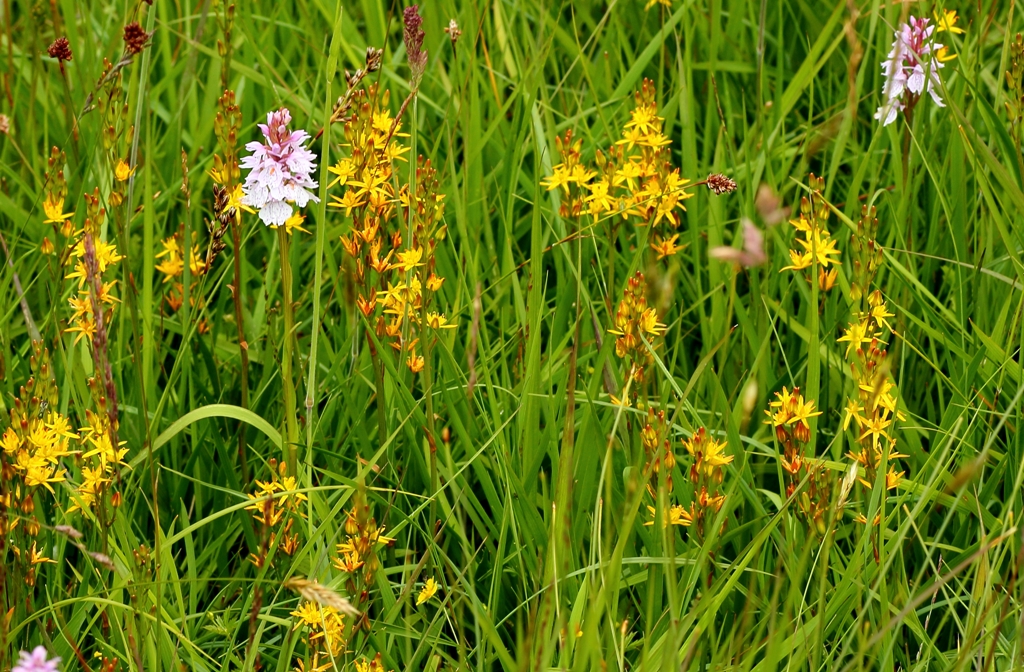
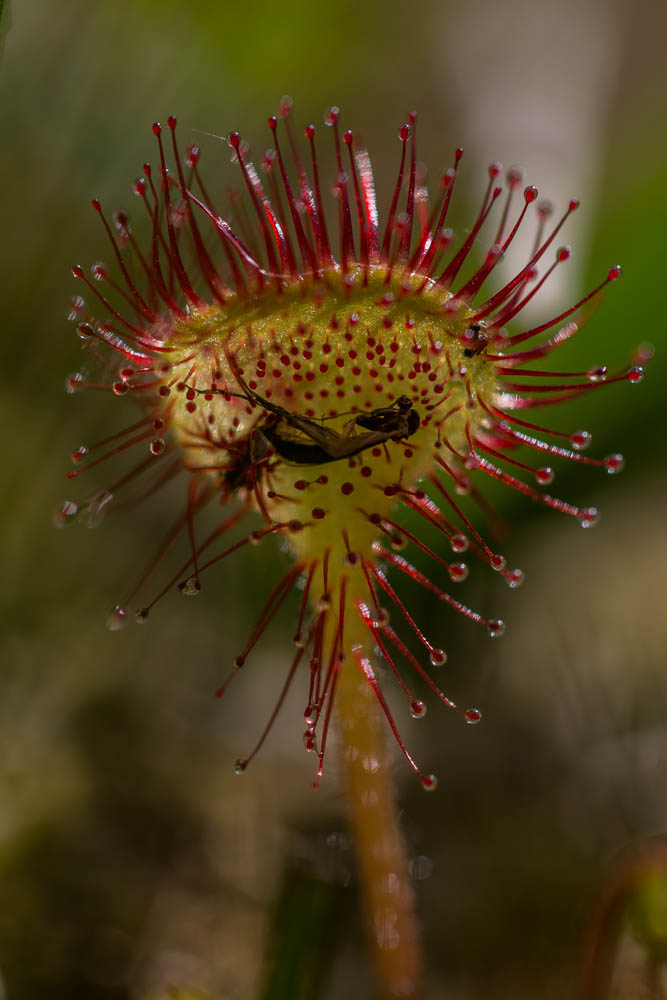
Where there is flowing water in these areas these can create flushes which provide an exceptionally rich area for species such the insectivorous common butterwort and round leaved Sundew. Found within these wetter patches you will find bog asphodel, lousewort, meadowsweet, cotton grass, ragged robin, self-heal, heath spotted orchids and Marsh Violets.
With all these colourful flowering plant displays it comes as no surprise a great variety of insect life abounds. The specialities here on the Estate are the double line moth, Small Pearl bordered fritillary (foodplant the marsh violet), marbled white, Large Heath butterfly (foodplant cotton grass), narrow bordered bee hawk moth and the tormentil mining bee.
Common frogs breed in shallow pools between tussocks, and may be hunted by otters during the mating months of March/April. Water Voles can be found within the water courses and feed and nest in the tussocky vegetation on stream sides.
Among the grasses and flowers, curlew and reed bunting breed, skylark and meadow pipit rise up in song. Snipe may be seen darting for cover when disturbed or their distinct drumming heard from their wings as they fly. Hunting for the short tailed field vole over the moor grass often can be seen the barn owl, short eared owl and buzzard.
Conservation
As with many grassland types, much purple-moor grass and rush pasture has been lost through agricultural ‘improvement’ or has deteriorated through abandonment or inappropriate grazing.
Grazing and mowing are essential to maintain plant species richness, as well as structural diversity to support a range of invertebrates. Light summer grazing between May and September is usually recommended.
Without cattle or pony grazing, or cutting for hay or bedding, flowers become smothered with a dense thatch of purple moor-grass (which, unusually for a grass, is deciduous) and wetland scrub can become established eventually leading to wet woodland. Some sites are burned in late winter to remove the thatch and promote young fresh growth more palatable to livestock, and encroaching rushes are sometimes cut and removed.
Many of the Rhos pastures in the Elan and Claerwen Valleys are safeguarded as SSSIs and are sympathetically managed through management agreements delivered by the farmer.
The Elan Valley Trust and farmers through a HLF (Heritage Lottery Grant) are working to improve some of the Rhos pastures and promote their importance in the upland landscape.
